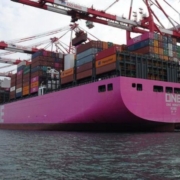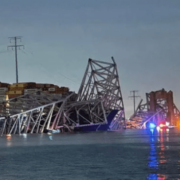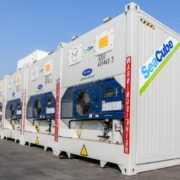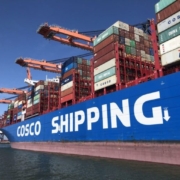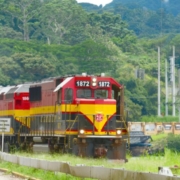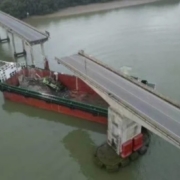THE Alliance postpones relaunch of suspended Asia-USEC service
THE Alliance is to continue the suspension of its Asia-North America east coast EC4 service, reversing a decision to relaunch this month.
“THE Alliance members – Hapag-Lloyd, ONE, HMM, Yang Ming – will postpone the resumption of the Asia-US east coast via Suez EC4 service until the situation in the Red Sea stabilises further,” liner Alphaliner wrote today in its weekly report.
“The EC4 had been suspended in November due to poor market conditions, and its re-launch was originally planned for mid-April,” it added.
The liner shipping analyst explained that the vessels due to be deployed on the EC4 would be assigned to the alliance’s three remaining Asia-US east coast services – EC1, EC2 and EC5 – which would all be expanded to feature additional port calls.
The EC1, which transited the Suez Canal but now sails via the Cape of Good Hope, is to make an additional call at Xiamen on its head-haul ex-Asia leg. EC2, going via the Panama Canal, will also feature an additional Asia outbound call, at the southern Chinese hub of Yantian.
Meanwhile, the EC5 service, which connects South-east Asia with the US east coast and has no Chinese ports in its rotation, will add a call at Charleston and a second call at New York on its backhaul leg.
The continuing disruption, caused by Houthi attacks, is in danger of becoming a de facto blockade of the Suez Canal, and has also hit the scheduling plans of alliance member ONE, which is set to launch a standalone service between India and the US east coast.
Due to begin next month, the WIN service will postpone both head-haul and backhaul calls at the Egyptian transhipment hub of Damietta, the head-haul call at Algeciras and the backhaul call at Jeddah while its vessels have to transit the Cape of Good Hope.
“These three ports were included in the original rotation when ONE announced the launch of the new loop in November. The detour via South Africa also means that the new service will turn in 11 weeks, instead of the originally intended nine,” Alphaliner wrote.
According to the eeSea liner database, there are currently 23 monthly liner services across all carriers between Asia and US east coast, compared with 25 in April last year and 30 in April 2022, which also included one direct India/Middle East-US east coast service.
However, although the number of services has declined, overall capacity on the trade has been on the increase, likely indicating the addition of larger vessels over the past two years. The total teu capacity offered on the trade last month was 679,000 teu, according to eeSea.
This compared with 684,000 teu deployed in March 2023 and 626,000 teu offered in March 2022.

